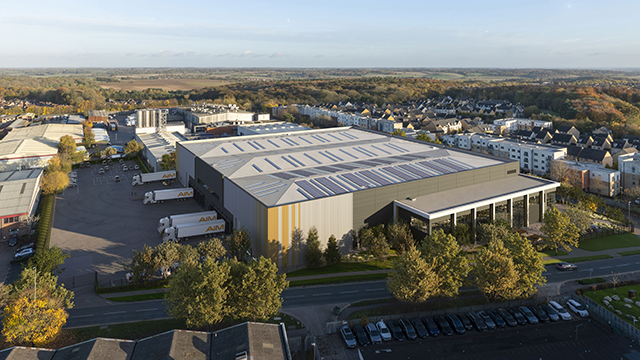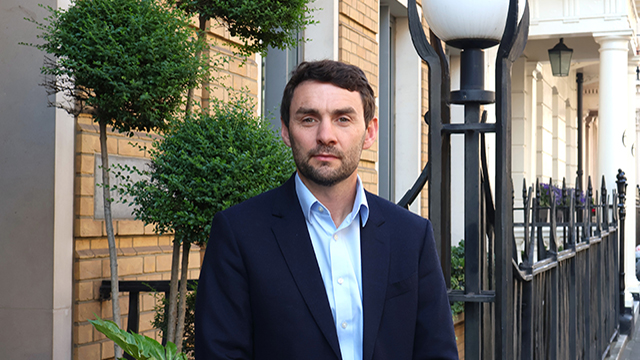It has been a sobering year for the leisure industry, one of the sectors that ground to a halt during the coronavirus pandemic when routine activities – shopping, working, socialising – underwent radical changes.
But a new report from developer Milligan and consumer insight consultancy Trajectory predicts that leisure will rebound quickly when restrictions are lifted, even if other Covid-driven changes, such as increased working from home and more localism, prove permanent.
Trajectory’s monthly consumer sentiment tracker, which surveyed 1,500 people, shows that the amount of time spent on out-of-home outings recovered to 81 minutes per week in August after initial lockdown restrictions were eased. That compares with 46 minutes in May and is on a par with levels seen in spring 2016.
However, the figures suggest that people are increasingly avoiding indoor venues such as cinemas and galleries, and choosing restaurants and cafés over drink-led venues. In short, the companies say, individuals are balancing risk with an “overwhelming desire” to see other people.
At leisure
Over the past decade, leisure has been a top priority for consumers, even in periods of economic restraint. The signs point to an eventual re-prioritisation of leisure in terms of time and spending. The ability for people to do this will be dictated by economic restraints, say the report’s authors, but the motivation will remain.
Although demand for leisure is not expected to decline, the report suggests that the preferred locations are subject to a shift to more rural environments if workers spend less time in city centres.
Digital leisure concepts are unlikely to displace real-life interaction. Nonetheless, leisure is expected to include a stronger digital element after the pandemic as a secondary channel for consumers.
This could, in turn, open new markets of people unable to attend events; greater online engagement will also lead to more scope for data gathering.
Other changes brought about by the pandemic are expected to be permanent, as people adapt to the greater freedom of movement enabled by remote working.
Increased working from home is predicted to be one of these, driven by employee demand for remote working as well as employers being able to save on office costs.
Getting back to the workplace
Some 37% of respondents worked from home in May, compared with 32% at their workplaces. The number of people returning to the workplace has since recovered to 52%, but that figure is well below a pre-pandemic equivalent of 75%.
The proportion of people working from home has fallen to 31%, which is still above its 17% rate before the pandemic.
Rather than offices serving as venues to house staff, the report suggests that locations will assume a bigger role in representing a brand’s business and culture. A two-tier workforce is also expected to manifest, with the gap widening between more flexible, office-based jobs and the proportion that cannot work from home, such as machine operatives, doctors and retail assistants.
The concept of the hub-and-spoke model may also give rise to greater repurposing at vacant retail, leisure or hospitality venues.
The changes in working have meant that spending and secondary activities are now taking place closer to home than the workplace. Around a third of respondents said the Covid-19 crisis has caused them to start shopping locally whenever possible.
This could contribute to the levelling-up agenda, according to the report’s authors, with fewer jobs and less wealth focused in city centres.
“Satisfaction with our local communities and neighbourhoods is one of the few areas of life to be higher now than before the pandemic,” the report says. “Living more local lives means greater investment – emotionally and financially – in those areas.”
Residential demand is predicted to shift alongside location and the value that is placed on proximity to amenities. Access to both public and private green space is also forecast to drive demand dynamics after the Covid-19 crisis.
Following the pandemic, more students are expected to move away from traditional higher education routes towards more affordable online qualifications, which could reduce student population growth in towns and cities.
This may alter demand for purpose-built student accommodation, commercial rents and campus buildings. The report says this would have a minimal effect on larger cities such as London but a big impact on locations such as Bath and Oxford, where students account for around a quarter of resident populations.
More localism
John Milligan, chief executive of Milligan, points to “remarkable opportunities” that “city centres have got to grasp”.
Local authorities have been urged to assess the best ways of showcasing a place’s individual characteristics, rather than opting for a “cookie cutter” approach to regeneration that seeks to replicate what nearby towns have chosen to build.
Stuart Harris, chief operating officer at Milligan, says the biggest challenges over the next few years will be viability issues – in particular where residential is being promoted as the “panacea” and being added on top of shopping centres – as well as “getting public and private partnerships to work”.
“With some of the regeneration needed in these towns and cities, the only people that can lead the way are the local authorities,” says Harris. “We are talking hundreds of towns across the country. They need support and expertise from the private sector.
“Once we’ve cleaned out all the baggage, and the private sector can actually see what they’re potentially buying, we will get a rebalancing on pricing. It will all move in the right direction.
“The key thing is [monitoring] the acceleration on a lot of [trends… and] the accelerating opportunity for us to get things right in the future.”
To send feedback, e-mail pui-guan.man@egi.co.uk or tweet @PuiGuanM or @estatesgazette











